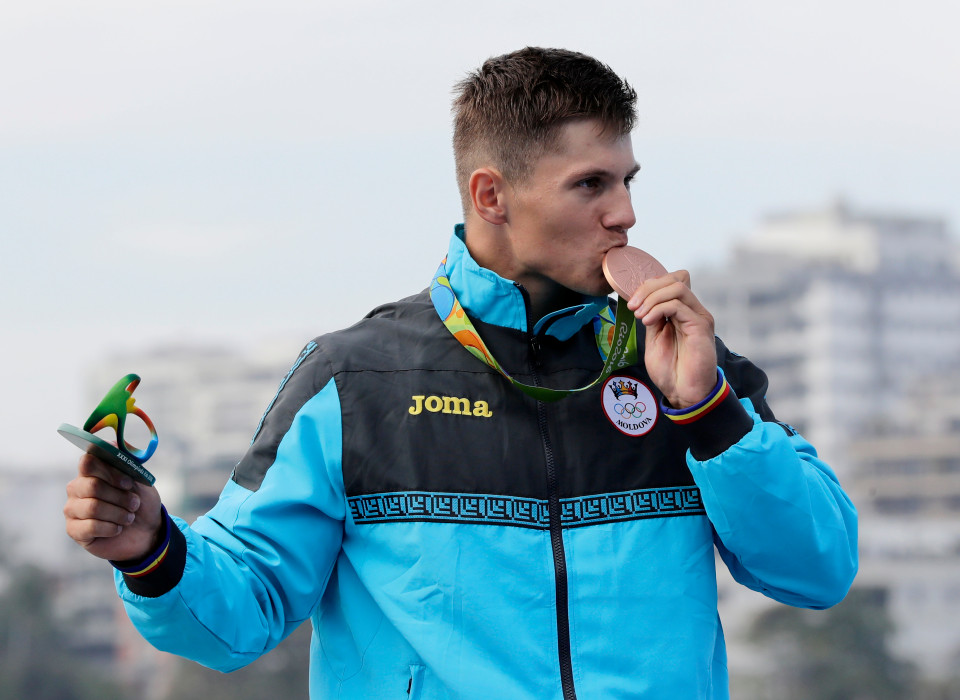Doping Control Process, Rio Olympics, 2016: An Overview

The Anti-Doping Programme, conducted by the International Olympic Committee (IOC) for Olympic Games in Rio de Janeiro, in 2016 complies with the World Anti-Doping Code.

In-competition and out-of-competition testing which is carried out as part of the anti-doping programme, and which began on the opening day of the games is the responsibility of the IOC. The IOC is a signatory to the World anti-doping code.
Rio 2016 is shouldering the responsibility of implementing the Games Doping Control Programme, which entails infrastructure and provisions of operation for doping control testing in addition to analysis of samples done according to the Code and other international standards. If, after the analysis, it is found that there has been an Adverse Analytical Finding (AAF) or Anti-Doping Rule Violation (ADRV), then the case is handed over to the IOC, which handles the management of the detailed results.
Doping control can be implemented any time during the games. And it can happen, as mentioned earlier, in-competition and out-of-competition. Not only urine but also blood samples are gathered from athletes. Samples gathered 12 hours before the commencement of a competition in which a concerned athlete is participating, through to its closure, will undergo analysis in accordance with the in-competition prohibited list of items. Any other sample will undergo analysis with respect to the list of substances which are prohibited at all times.
Any blood or urine sample collected from athletes during Rio 2016 Games is to be tested at Laboratório Brasileiro de Controle de Dopagem (LBCD), which is a WADA-accredited laboratory. The laboratory declares the results of the tests between 24 and 96 hours of receiving the samples. Both WADA and IOC are reported to with the test results. Any anti-doping violation is treated as per IOC rules and regulations.
Although, such a practice is treated strictly, some athletes don’t shy away from doping so as to better performance.
Most athletes, who dope, prefer synthetic steroid hormones that bear resemblance with male sex hormone testosterone. They help build muscles. Hence, are an absolute favourite. You will be surprised to know, many of such hormones are used by medical practitioners to treat ailments. The kind of steroids used illegally by athletes is called anabolic steroids.
Anabolic steroids are a shortcut to gaining superhuman muscles. And that is probably the reason why they are popular even among ordinary bodybuilders.
Many claim that taking steroids is a healthy lifestyle choice and it helps them recover faster from a hard work out. Others, who are against steroid use, might say this is just a way in which people defend steroid use.
Steroids are nothing but organic molecules. The adjective ‘anabolic’ indicates their muscle building properties. One thing that needs to be kept in mind here is that not all steroids are anabolic. There are many steroids that have anti-inflammatory properties and are used by medical practitioners to treat patients. No matter which pharmaceutical name they are known by, most anabolic steroids are derived from testosterone, a hormone produced by men in their testes.
The reason why anabolic steroids are such a popular doping agent is that infused testosterone is hard to distinguish from its naturally occurring counterpart.
